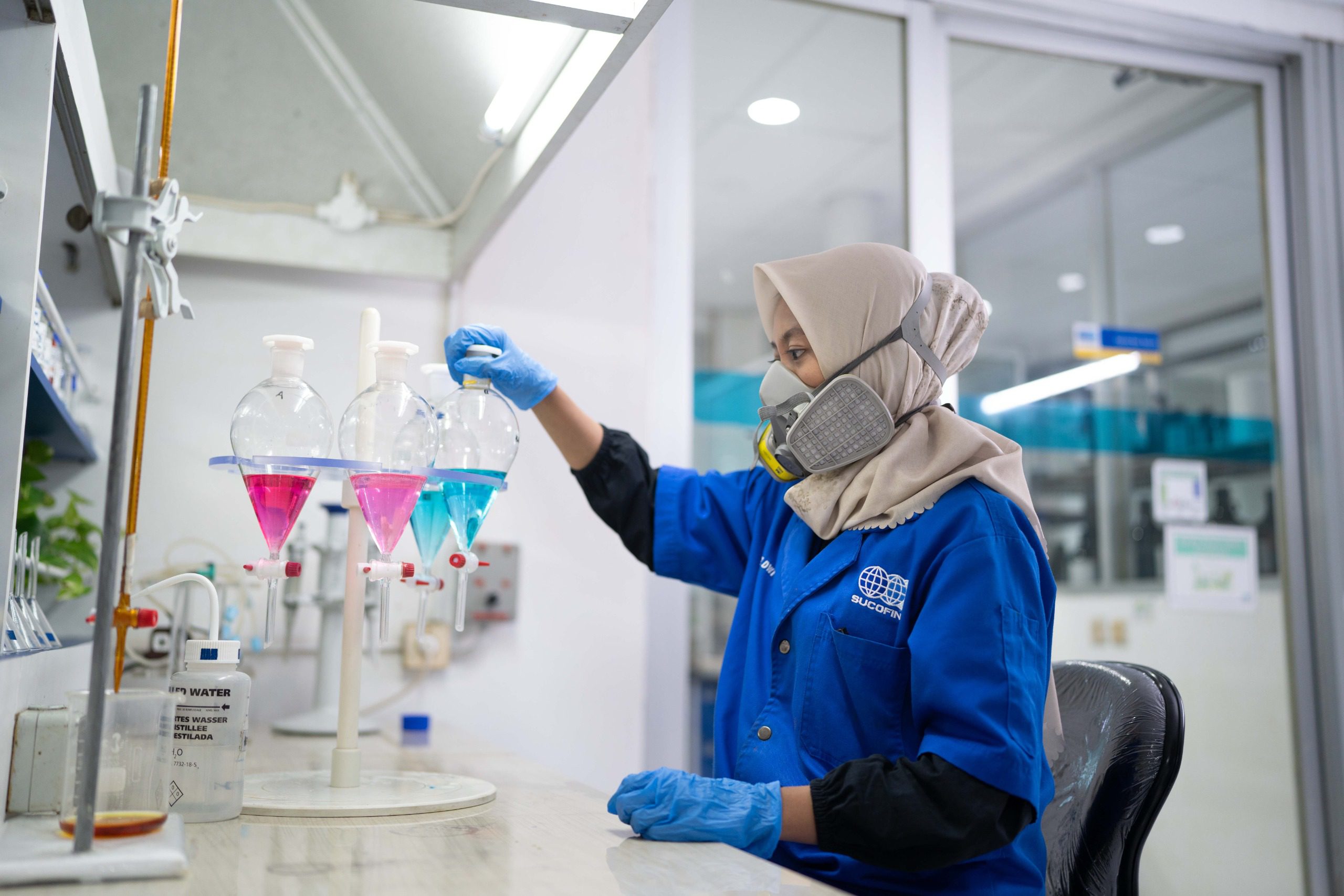Efforts to Mitigate Greenhouse Gas Emissions
Efforts and solutions to reduce GHG (Green House Gases) need to be done as soon as possible to avoid damage from global warming. The impact of greenhouse gases in the country itself has been widely felt in various sectors. Increasing temperatures have an impact on people’s lives and the surrounding environment.
Therefore, the contribution of the government and the wider community is needed to prevent the severe effects of global warming in the country. The following is the development of efforts and solutions to reduce GHG that have been carried out so far.
Indonesia’s Efforts to Reduce GHG
In order to realize the transition to reducing carbon emissions in Indonesia, the government has committed to reducing GHG emissions by 29% by 2030. With international support, the level of carbon emissions can be increased by up to 41%. This step is one of the solutions to reduce GHG in the country.
The government has taken several steps implemented in several sectors, including Forestry and Other Land Uses (FOLU), agriculture, energy, waste management, and Industrial Process and Product Uses (IPPU). Overall, GHG reduction efforts focus on the forestry sector and land use.
The forestry and land use sector is claimed to be the largest GHG contributor in Indonesia apart from the FOLU sector which can generate around 60% of carbon emissions, and the energy sector which is capable of producing 36% GHG.
The solution to reducing GHG that the FOLU sector is implementing can be seen from the positive trend of controlling land and forest fires. In 2020, the percentage of fire control is at 82%.
Then, the government has also carried out the process of rehabilitation of mangrove forests with a target of 600,000 hectares in 2024. Indonesia has big ambitions for the FOLU sector as a carbon net sink in 2030. This step is taken to realize carbon neutrality in this sector.
In the energy sector, the government is also taking big steps as an effort to realize renewable energy. One of the efforts being made is to develop biofuels, build solar power plants, develop electric cars and develop clean energy-based industries.
GHG Emission Reduction Strategy in the Indonesian Industrial Sector
Industry is one of the prioritized sectors in preventing the increase in greenhouse gas emissions. Various GHG reducing solutions in this sector has been proposed and implemented, including related to tax incentives to the application of low carbon technological innovations.
Application of environmentally friendly technology, sustainable financial initiatives, use of biochar (a dense, carbon-rich material converted from organic waste), circular economy, and cooperation between sectors are carried out to reduce carbon emissions in the industrial sector. Some of the strategic efforts being carried out by the government at this time include the moratorium on Steam Power Plants and the policy of requiring biodiesel (an alternative fuel from plants or animals). This policy was implemented as an effort to realize the target of reducing carbon emissions by 29% by 2030.
Indonesia itself has also carried out several successful collaborations between the government, companies and communities. Companies such as PT. ChemStar Indonesia Tbk, PT Medco Energi Internasional Tbk, and Pertamina have partnered with Osaka Gas, JGC Holdings, and INPEX to work together to reduce greenhouse gases.
The carbon tax policy program in Indonesia is also one of the ways the government has taken to prevent the increase of greenhouse gases in the country. The presence of a carbon tax will encourage many companies to reduce their use of greenhouse gases.
So far, the OJK (Financial Services Authority) has issued a classification tool for the financial industry in order to protect the environment and become a solution for reducing GHG.
This will generate incentives for companies investing in the green technology sector and green projects. The research results also show that the use of biochar can reduce greenhouse gas emissions and improve soil quality.
Companies that are able to reduce carbon emissions will certainly have a positive reputation and image. This reputation and image can also contribute to growing consumer awareness to care even more about the surrounding environment.
GHG Reducing Solutions that Can Be Started at Home
Not only the government, the community also has a big role in reducing greenhouse gas emissions. What steps can be started from home? Here’s the review.
1. Reducing Private Vehicles
Oil-fired vehicles such as cars and motorbikes are the largest contributor to greenhouse gas emissions. The more vehicle users, the higher the carbon emission pollution it produces.
To prevent the increase in greenhouse gases, the solution that you can start early on is to take advantage of public transportation facilities.
Besides being able to reduce the level of carbon emissions, using public transportation can also break down congestion. You can also start using your bicycle on the move.
2. Restricting the Use of Air Conditioning
Solutions to reduce GHG You can also start to realize it by limiting the use of air conditioners at home. Every air conditioner generally uses CFC or chlorofluorocarbon gas. Even though it is useful for daily needs, excessive use of CFC gas can make the earth’s ozone layer deplete.
3. Efficient Use of Electricity as a Solution for Reducing Greenhouse Gas Emissions
Electricity is an important part of everyday life because of the use of today’s technology. Even so, the production of electrical energy, which increases every day, is actually one of the biggest contributors to carbon emissions in the country. Especially if the electrical energy is sourced from non-renewable fuels such as coal, oil to natural gas.
When heated, coal will produce carbon emissions. This is one of the causes of greenhouse gases in the earth’s atmosphere. As a solution, you can turn off the lights and remove various electrical plugs that are not being used.
You can also use the sun as a light source instead of a lamp or as a natural heat source when drying laundry. These simple steps can have a sizable effect in reducing greenhouse gas emissions if carried out by the community.
4. Reduce the Use of Single-Use Plastics
Plastic waste can also produce greenhouse gases. This is because plastic waste that cannot decompose completely on the ground will generally be burned. Then, the process of burning waste will emit carbon emissions.
Thus, TPA or Final Disposal Site becomes a greenhouse gas-producing area that can threaten the ozone layer of the earth’s atmosphere. Therefore, it is mandatory to increase public awareness of the use of plastic waste. That way, everyone will be wiser in using plastic products.
Every business or company should conduct validation and verification of greenhouse gases as a one-time effort GHG reducing solutions. This is important to do in supporting the government’s commitment to reducing carbon emissions by 2030.
You can verify your company’s carbon claims with a competent and independent third party Sucofindo.As a validation and verification inspection agency, Sucofindo provides professional and comprehensive inspection services to produce accurate reports. You can find more information about this service at Sucofindo website page.








